The iPhone 6 Review
by Joshua Ho, Brandon Chester, Chris Heinonen & Ryan Smith on September 30, 2014 8:01 AM EST- Posted in
- Smartphones
- Apple
- Mobile
- iPhone 6
Display
As the primary mode of interaction with the phone, the display is one of the most important areas of evaluation. Of course, the methods of evaluation can be hotly debated. There is a great deal of subjectivity in this area in terms of what someone prefers. However, for the sake of color calibration our tests follow world-wide standards instead of personal preference one way or another. This means that we use the sRGB gamut and 2.2 gamma, which most content is adapted to. While AdobeRGB and other gamuts exist, these are for limited use cases and only applicable to operating systems that are aware of multiple gamuts and can dynamically switch between them depending upon the metadata of the content. In order to accurately test for how well a display conforms to these standards, we use SpectraCal’s CalMAN 5 along with a spectrophotometer for accurate color readings.
For those that are unfamiliar with the display of the iPhone 6 and Apple’s key marketing points on this new model, the improvements are mostly centered on higher resolution, contrast, and better viewing angles. In terms of higher resolution the iPhone 6 moves from the 1136x640 pixels of the iPhone 5/5s generation to 1334x750 pixels. However, this doesn’t improve the pixel density, which remains at 326 pixels per inch.
In practice, I definitely continue to notice the difference in resolution when using the iPhone 6 as opposed to the higher pixel density iPhone 6 Plus and the various Android smartphones with 450+ PPI displays. I definitely don’t find the resolution to be a problem though, as these issues only become significant to me below 300 PPI. I do think that around 450 to 500 PPI is the right place to be when balancing pixel density and power, but Apple’s choice should pay off in the form of better power consumption especially because LED backlights rapidly lose efficiency near the highest current region.
The other issue at hand is that of viewing angles. While Apple is one of the first to really talk about dual domain pixels, this technique is rather commonly used to improve viewing angles. The result is that a pair of pixels will appear to be a chevron, and overall the pixels appear to be squiggly in nature. While this doesn’t really change the readability of the display at extreme angles, colors like white no longer have noticeable red/yellow/blue shifts depending upon the angle that the display is shifted at.
This is definitely noticeable in everyday use, as the iPhone 5s could only avoid color shifting at certain angles instead of every angle. As I predicted in the launch article though, the one caveat seems to be that black has a noticeable shift towards purple in certain angles. There's also a noticeable hatching on close examination, but this doesn't affect image quality. This is definitely better than what I see on AMOLED though, as while AMOLED has much better brightness stability the color shifting is far more obvious and significant.

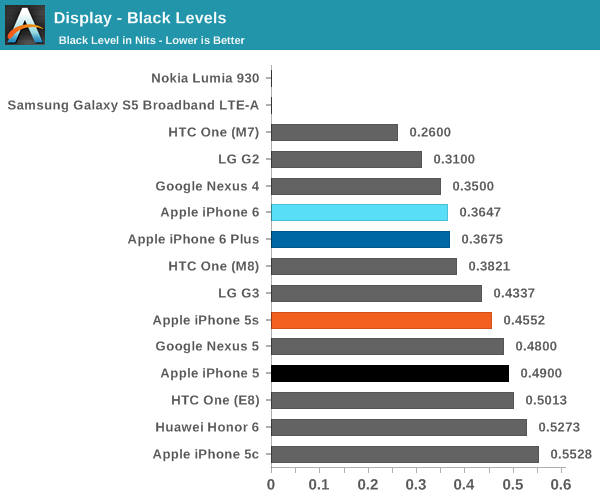

Now that we’ve covered the other two, we can talk about contrast. For this test, we measure brightness of 100% white and black at maximum display brightness, and look at the ratio. While we’re looking into getting patterns that can’t be defeated by dynamic contrast/backlight this should give an idea of best case contrast. In this case, peak brightness is on the high side at 560 nits, with relatively low black brightness at about a third of a nit. The result is one of the best contrast ratios I’ve ever seen. While the HTC One (M7) has a 1743:1 contrast ratio in our tests, some testing I’ve done indicates that the true contrast ratio is realistically around that of the One (M8). I’m not quite sure how this was done, but Apple stated that a new deposition process was used for the liquid crystals. This, along with changes to the liquid crystals themselves, could be responsible for the improved contrast.
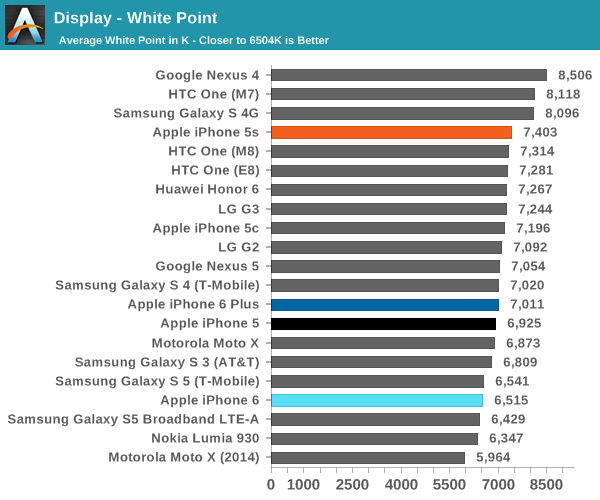
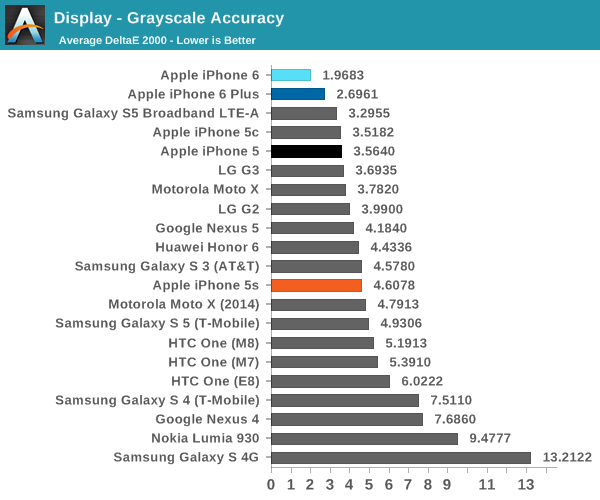
The next part to talk about is grayscale, which is an area where Apple seemed to prefer bluer color balances. I don’t really have much to pick at here, because the level of calibration here is incredible. While there is a noticeable trend of overshooting red at the low end and undershooting red at the high end, this is nitpicking at best. At any rate, this is essentially perfect.
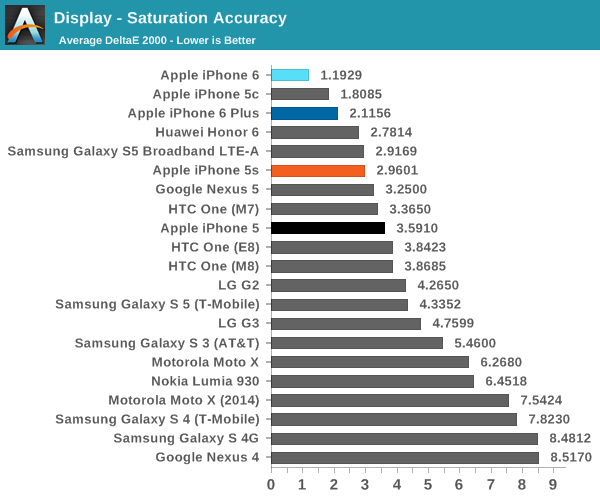
Our next test is the saturation sweep, which tests each primary and secondary color for accuracy in hue and luminance. While it’s true that humans can be relatively insensitive to differences in saturation, it is all too common to see OEMs artificially compress saturations to have vivid colors and be able to claim that they have an accurate display because it matches the sRGB gamut. In this test, the iPhone 6 sets a new record. I really don’t have any objections here because a dE2000 value of 1.19 is a deviation that is almost impossible to notice.
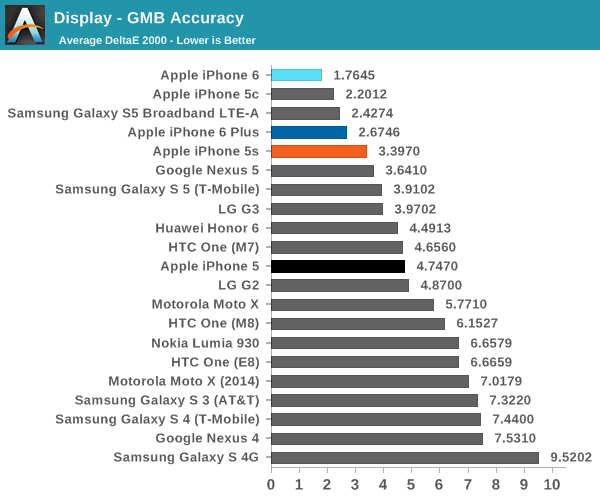
The final test is the Gretag MacBeth ColorChecker, which tests various hues and is usually one of the hardest tests to perform well in. In this regard, the iPhone 6 once again sets a new record for accuracy. This display is effectively calibrated to sRGB, and one would be hard pressed to find a significant deviation when compared to a reference monitor.
Overall, it’s hard to find any criticism for this display. I would normally be incredibly suspicious to see these numbers on a smartphone, but the fact that there’s a hot pixel in the center of the display suggests to me that this was not a cherry-picked unit. The fact that I find this level of calibration to be suspicious speaks volumes about how good this display is. While contrast isn't AMOLED levels of black, there are no purple smearing effects, noticeable uneven luminance near black, or any other idiosyncrasies.


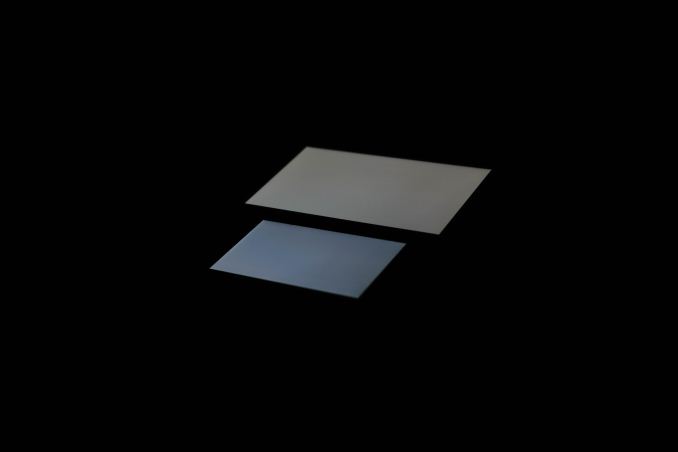
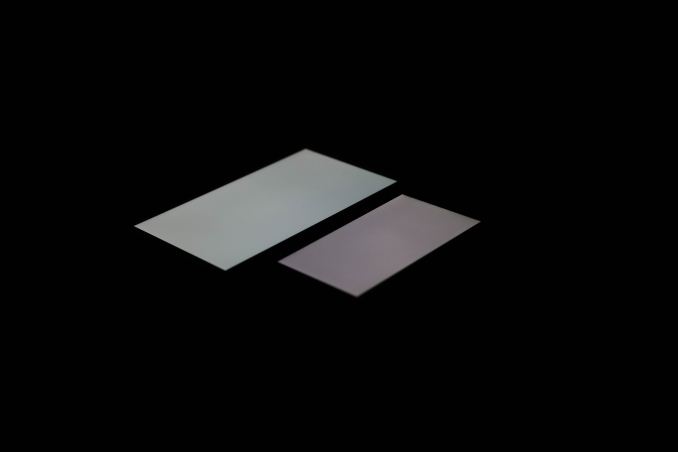
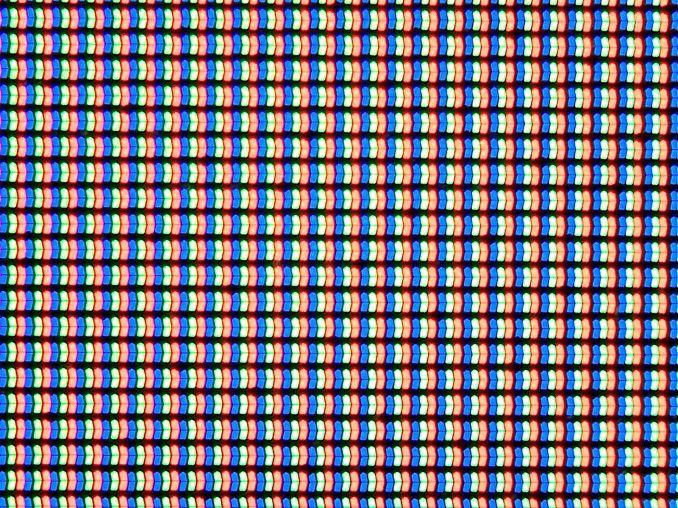

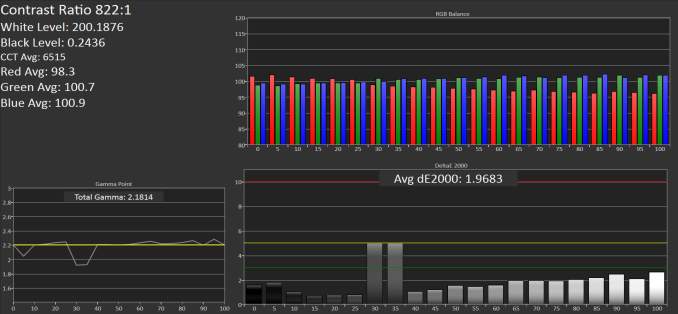

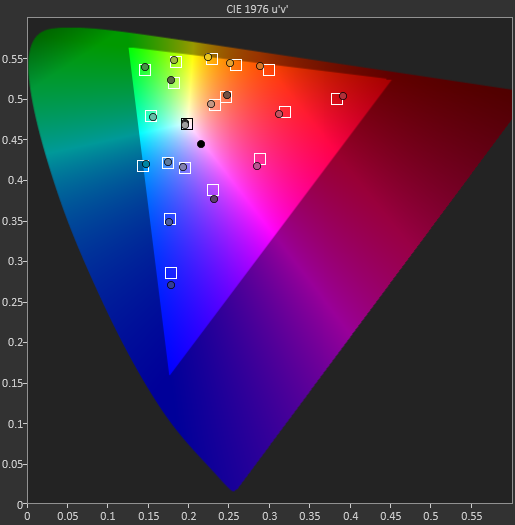








531 Comments
View All Comments
RyanBeta - Wednesday, October 1, 2014 - link
A lot was made of the glass in the run up to this launch but I see no comment about it in the article.I am specifically looking to see if it has changed or information on the materials used over the years. When the original iPhone came out it seemed like they kept with the same glass material through 4s.
As someone who does not use a protective cover and treats my phone well it is frustrating to see the copious amount of minor scratches that have built up on the glass of my 5s in the past year or so. It has probably a hundred or so minor scratches vs the 5 or so scratches I could see on my 4s when I turned it in after 2 years.
ELPCU - Wednesday, October 1, 2014 - link
u kidding me? Yes, RAM has power cost: TINY power cost.That's the worst excuse EVER.
power consumption of RAM is way less than that of display or GPU.
uhuznaa - Wednesday, October 1, 2014 - link
Yeah, but when the display is off and the GPU in deep sleep (like when you don't actively use the phone), RAM still needs to be powered and this can become a major part of standby power draw then. I would like to see standby power usage actually tested though. My old iPhone 4 drains about 10% battery per 24h in standby, which certainly helps with having some battery left when you actually start using it during the day.zhenya00 - Wednesday, October 1, 2014 - link
Then you haven't done the calculations. If your ram draws even 5mA when idle (probably in the ballpark, but we don't really know - this study from 2010 indicates that the 128MB of mobile ram in the test device used ~1mA, 8x that much certainly uses more https://www.ssrg.nicta.com.au/publications/papers/... then the RAM alone will drain the 1810mAh battery of the iPhone 6 in 15 days. If increasing the RAM to 2GB increases that power consumption just 50% to 7.5mA, you lose 5 days of standby time! If it doubles to 10mA, you lose half your standby life, and now RAM alone will drain the battery in 7.5 days.RAM power consumption is important because it is powered 100% of the time so even tiny increases in power consumption have a large effect on the overall battery life of the device.
ELPCU - Wednesday, October 1, 2014 - link
Before reading review, I already started to read comment and it's soo fun to watch everyone arguing whether apple sucks or rocks.TheSlamma - Wednesday, October 1, 2014 - link
it's not fun, it's patheticmjh483 - Wednesday, October 1, 2014 - link
Solid review from Anandtech as always. Would you please elaborate on why you aren't willing to use iPhone 6 as your everyday phone?Torakaru - Wednesday, October 1, 2014 - link
Hello,I really liked so much your iPhone6 & 6+ reviews, but I found something interesting in your comment nowhere else found and for which I would like to have a deeper knowledge experience sharing from your side. Basically you said:
"The only flaw that the iPhone 6 has is a lack of RAM, and this is only an issue if you also felt it was an issue on the iPhone 5s."
I find it very interesting because I have being reading plenty of reviews of the new iPhone6/6+ and you are the first ones to mention it. I think that you are right, but I have an iPhone4, so I dont know. Could you be so kind to be more precise about that feeling that you have? It is due lack of RAM for multitasking, or also for single tasks?
Thanks a lot in advance guys!!!
Torakaru - Wednesday, October 1, 2014 - link
By the way guys, if any of all of you have the iPhone5/5S or the iPhone6/6+ already and want to share also your experience regarding the possible lack of RAM (noticeable) in your daily use, please comment. Thanks! ;-)dmacfour - Wednesday, October 1, 2014 - link
Switched from a Galaxy, didn't notice a thing.